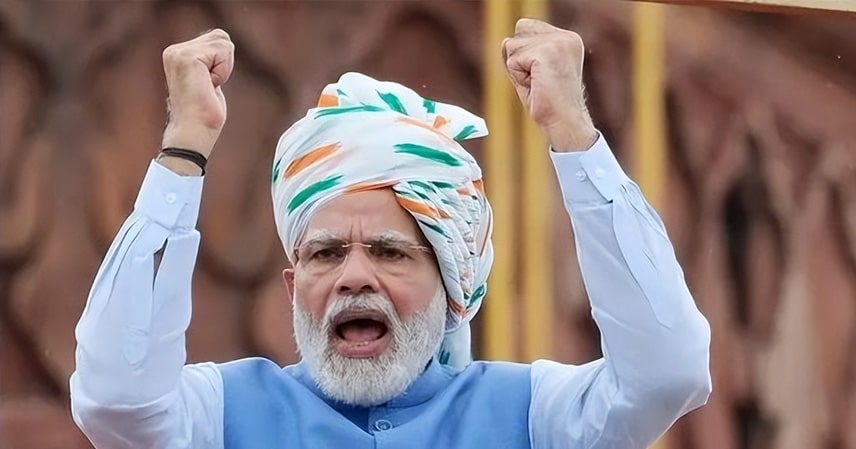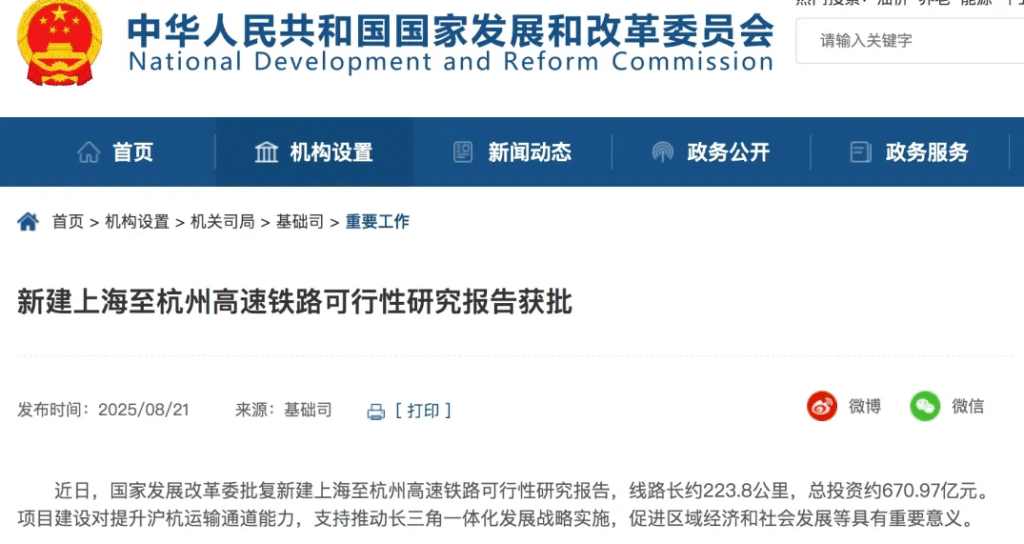When Xiaomi entered India in 2014, it looked like the perfect match. Cheap but powerful Redmi smartphones quickly captured the hearts of millions of Indian consumers. By 2018, India contributed 45% of Xiaomi’s global revenue, making it the brand’s most important overseas market.
Yet, just a few years later, Xiaomi’s Indian story turned into a cautionary tale. Frozen assets, heavy fines, fierce competition, and shifting government policies pushed the company from dominance to decline.
Meteoric Rise: From Entry to Market Leader
Founded in 2010, Xiaomi rose quickly in China with its high cost-performance smartphones. Founder Lei Jun promoted the vision of changing the world by making affordable, user-friendly devices.
India became the company’s first major overseas destination. With low smartphone penetration and a huge population, it was seen as a goldmine.
- In 2015, Lei Jun personally met Indian officials and promised to support the “Make in India” initiative by building factories.
- By 2017, Xiaomi had opened several plants in India, hired thousands of employees, and expanded into smart home devices.
- In 2018, India’s contribution to Xiaomi’s revenue hit 45%, a staggering figure that showcased its dominance.
At its peak in 2021, Xiaomi held 28% of India’s smartphone market, securing the No. 1 position.
The Turning Point: Politics and Policy Pressures
But things changed in 2020. After border tensions between China and India, the Indian government tightened regulations on Chinese companies.
- Dozens of Chinese apps were banned, forcing Xiaomi to adjust its software.
- Authorities pushed for greater localization, demanding not only local factories but also Indian executives and ownership restructuring.
Xiaomi complied, increasing local operations and supply chain reliance to 70% localization. But this also meant Beijing headquarters lost direct control over its Indian branch.
The real blow came in April 2022, when India’s Enforcement Directorate froze ₹55.51 billion (about $720 million) in Xiaomi’s bank accounts, accusing the company of illegally remitting royalties abroad. Despite appeals, the courts upheld the freeze. As of September 2025, ₹47 billion remains frozen, crippling Xiaomi’s cash flow.
Collapse in Market Position
The financial hit coincided with intensifying competition:
- Samsung aggressively expanded offline channels.
- Vivo and Oppo boosted marketing and captured mid-range users.
- Realme undercut Xiaomi in the budget segment.
Meanwhile, Indian consumers shifted back to offline shopping post-pandemic, leaving Xiaomi’s online-heavy sales model at a disadvantage.
The results were brutal:
- Q4 2022: Samsung overtook Xiaomi as India’s No. 1 smartphone brand.
- 2023: Vivo pushed Xiaomi to third place.
- Market share fell from 28% to under 19%, with shipments dropping sharply.
- Mass layoffs followed, cutting Xiaomi India’s workforce from ~1,500 to below 1,000.
By 2025, Xiaomi’s shipments plunged further, with IDC reporting a 38% year-on-year drop in Q1, and Canalys showing Q2 market share at just 13.4%.
Why Did Xiaomi Fail?
The reasons are complex but interconnected:
- Regulatory Uncertainty – India’s “Make in India” policy initially welcomed investment but soon turned into tighter controls, investigations, and fines targeting foreign firms.
- Financial Freezes – The frozen assets crippled Xiaomi’s ability to pay suppliers and employees, leading to layoffs and supply chain issues.
- Weak Offline Presence – Unlike rivals, Xiaomi lagged in physical retail expansion.
- Brand Perception Issues – Xiaomi struggled to compete in India’s premium segment, where Samsung and Apple dominate.
- Overdependence on India – At its peak, India was nearly half of Xiaomi’s global revenue. When the market soured, the impact was devastating.
Strategic Retreat
Realizing the risks, Xiaomi’s global management decided in 2024 to halt new investments in India. Instead, resources shifted to:
- Indonesia, where market share is rising.
- Latin America, with shipments doubling.
- Europe, where Xiaomi pushes premium models.
India, once Xiaomi’s crown jewel, is now treated as a secondary, low-priority market.
Lessons for Other Chinese Firms
Xiaomi’s decade in India highlights a broader challenge: foreign businesses face unpredictable policy shifts and political risks.
Other Chinese brands like Oppo and Vivo have also faced investigations and fines. Even Apple and Samsung have encountered regulatory hurdles—though with less intensity.
The message is clear: India’s market is big but volatile. Relying too heavily on it is risky. Southeast Asia, Latin America, and other regions may offer more stable growth opportunities.
Conclusion
Xiaomi’s India story is a classic arc: rapid rise, peak dominance, and painful decline. From 2014 to 2018, it looked unstoppable. By 2025, it’s a shadow of its former self in the Indian market.
The reasons go beyond business competition. Government scrutiny, policy unpredictability, and local market dynamics all combined to undercut its success.
For Xiaomi, cutting losses and diversifying markets may be the only way forward. For India, the bigger question remains: Can it truly become the next global manufacturing hub if foreign investors constantly face uncertainty and fines?
References
- IDC Smartphone Market Reports (2023–2025)
- Canalys Q2 2025 Data
- Indian Enforcement Directorate rulings



